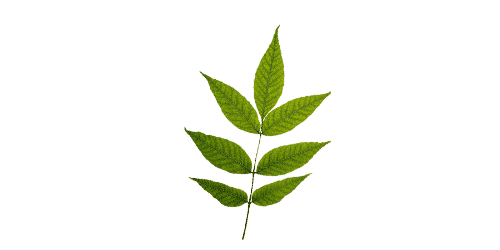
Origin
The ash tree, also called “common ash” naturally grows throughout most of Europe. It is a tree that has been recognised since ancient times when its leaves were already being used as a diuretic. Ash wood, slightly pinkish white in colour, has the same qualities as oak, although it is however less resistant and less durable. It is used mostly in cabinetmaking.
Did you know?
The aromatic bark can be used for making a pleasant fermented sparkling drink, a little like lemonade, called frenette.
Characteristics
It is a very large tree that can grow up to 25 metres in height and live for around 200 years. It has an upright trunk with smooth greyish bark. Its flowers are brownish and are arranged in clusters. Its deciduous foliage is not very dense and its fruit is called “samara”. Flat and leathery, the samara contains a single seed.
Flowering and harvesting
Although the ash tree grows almost everywhere, it is however less present in Mediterranean regions and cannot flourish in mountain regions above an altitude of 1500 metres. In fact, it appreciates humidity and fears frosts. The flowers appear before the leaves between April and May. The samara then begin to grow and remain on the tree throughout winter. The leaves are harvested between June and July to be dried. The bark is harvested during the spring from the young branches. The leaves and the bark are then used in phytotherapy.
Benefits
Ash contains various active molecules such as iridoids, tannins, flavonols and coumarin heterosides.1
The plant helps to:
- Eliminate toxins1
The ash tree leaves have diuretic properties. They help to stimulate the elimination of water and toxins. This promotes the healthy functioning of the urinary tract.
- Facilitate weight loss1
The consumption of ash leaves can help with weight loss in addition to dietary measures.
- Maintain joint flexibility1
Lastly, the ash tree leaves can help to maintain good flexibility of the joints, muscles and tendons.
1Plant-based health: 200 plants with health benefits Reader’s Digest selection, 2003. 352 p. ISBN 2-7098-1413-7
